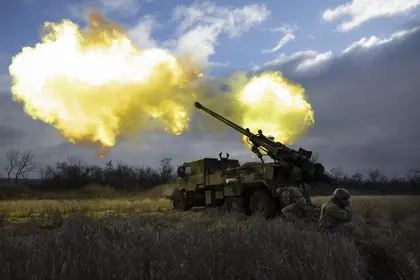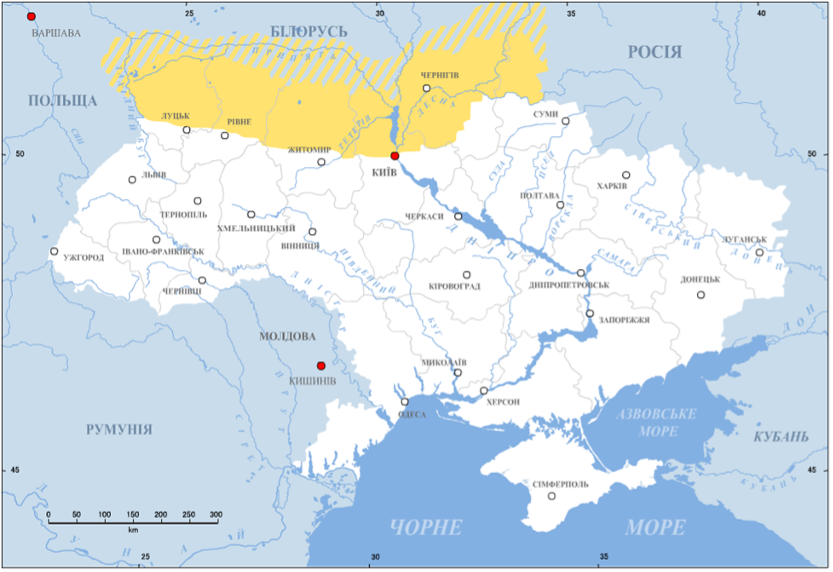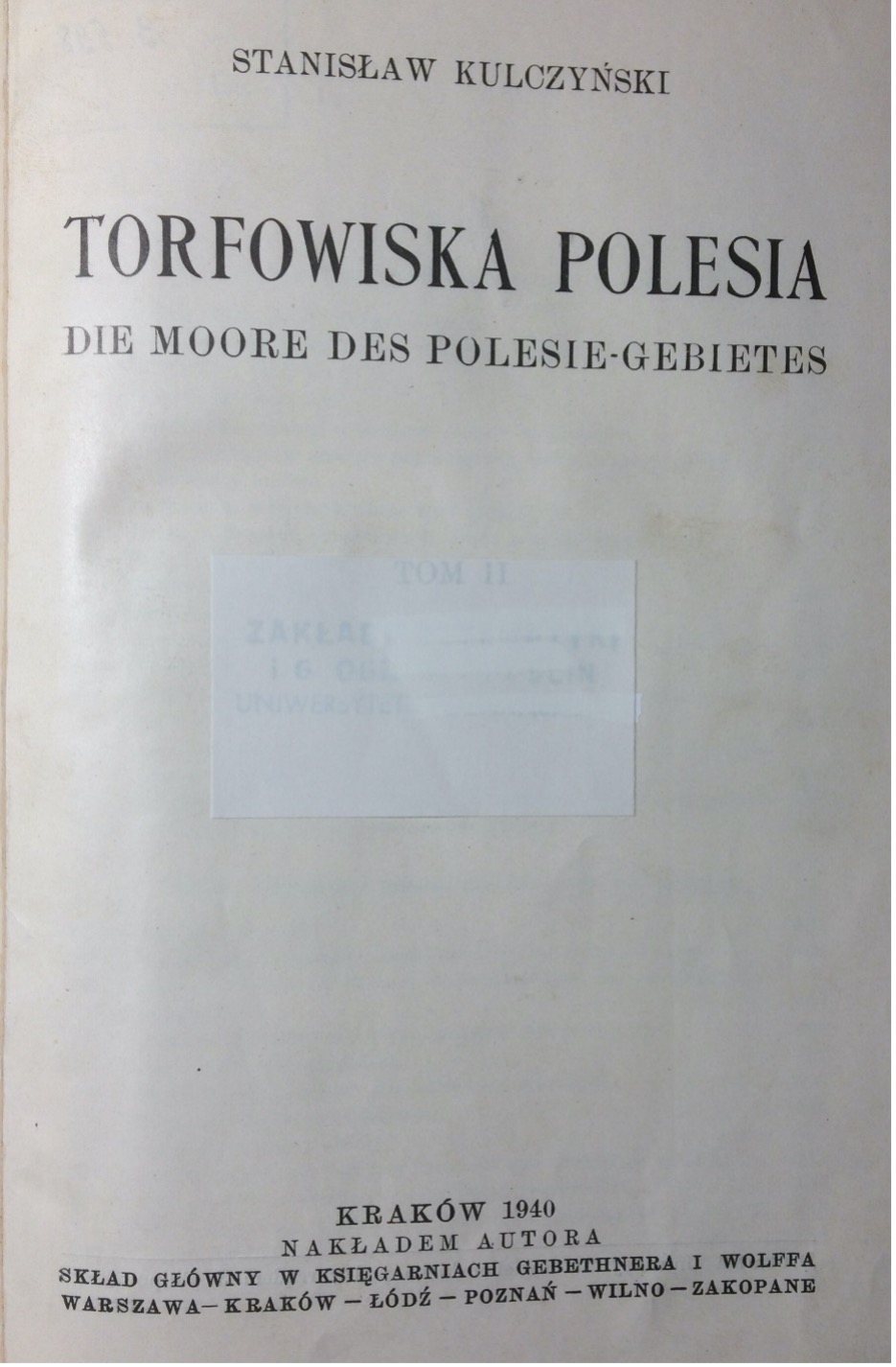The Pripet Marshes natural region, known in Ukrainian as Polissya, is a vast complex of wetlands and peatlands extending in a belt from Poland to Russia across northern Ukraine and southern Belarus. As Russia builds up its military forces in Belarus, it threatens Ukraine with yet another attack from the north. The opening of an additional front of hostilities in Ukraine from here, however, will require traversing this region which represents one of the largest mire complexes in all of Europe.
For perspective, the Rhône River delta in France contains the beautiful marshes of the Camargue which occupy approximately 930 km2. The Flow Country in northern Scotland, a vast complex of spectacular peatlands, is approximately 4,000 km2 in extent. In contrast, the Pripet Marshes occupy an estimated 270,000 km2 (Figure 1).
JOIN US ON TELEGRAM
Follow our coverage of the war on the @Kyivpost_official.
Wetlands and peatlands, however, are notoriously difficult to navigate and to cross for both man and machine. William King, writing in the “Philosophical Transactions of the Dublin Society” for the year 1685, described the bogs of Ireland as a great hindrance to travel for man and animals. In the case of the Pripet Marshes, the obstacles to military traffic were well known to previous invaders.
The best illustration of the magnitude of the challenge is found in an old Polish book entitled “Torfowiska Polesia” or “The Mires of the Polesie Region” by Stanislaw Kulczyński. A magnificent study of the characteristics and development of peatlands of this region of eastern Europe, the first volume was published in 1939 and the second volume in 1940 (Figure 2).

Putin and Xi Praise Ties, Hours After Trump Sworn In
A copy of this book was taken by the Nazis during World War II (WWII), but returned to Ukraine in September of 1996 (Figure 3) by Helmut Kohl, who, at that time, was the chancellor of Germany.
Since Gutenberg created the printing press in Mainz during the 14th century, innumerable books have been written and published in Europe, with some of them today having inestimable value. Of all the books that the Nazis may have stolen from Ukraine, it was a book on peat bogs that was returned! The senior author happened to be in Kyiv soon after the book was returned, visiting colleagues at the Geological Institute of the Ukrainian Academy of Sciences, where this copy of the book had just been received.
Why the outsized focus on an old book about bogs and swamps? Because the book contains a map of the distribution of the main peatland areas of the region, making this vital knowledge for any invasion plans during WWII. The fact that the book was returned by the highest-ranking German official at the time, illustrates the importance of the book, but also the military significance of the Pripet Marshes.
Why is this landscape so important?
There are three main reasons why travel across this region is so difficult.
First, large parts of the landscape are marshlands which, by definition, are mainly water. Shallow bodies of open water and waterlogged, unconsolidated sediments are a nightmare for any vehicle, but especially for tanks weighing approximately 50 tons and other overweight military vehicles.
Second, there are vast peatlands. Although these areas appear from the surface to be drier, as they typically lack open areas of surface water, looks can be deceiving. In fact, peatlands contain significant accumulations of peat which is nothing other than fossil plant material in varying states of decay. On top of this, peat in its natural state is approximately 90 percent by weight water. As a result of these physical properties, these spongey organic soils have almost no bearing strength.
In Canada, which is also home to extensive peatlands found across the country, the engineering problems presented by peat soils are so extensive that they were the subject of many annual scientific conferences during the 1950s and 1960s, and textbooks were dedicated to the challenges presented by these “muskegs”.
Third, large tracts of Polissya consist of swamps which are forested wetlands and peatlands, and the standing plus fallen trees make vehicular traffic so much more challenging.
These problems are so significant, an American military text, published in 1951 with the assistance of former German generals and staff officers, with help from other Allies, especially the Finns, was devoted to the topic (Figure 4). The report notes how variable the terrain is, with conditions varying greatly in regard to weather, season, and geographic location.
Here are some illustrative quotations from that report: these forests and swamps are of military significance “because of their almost impassable and practically featureless terrain”; “inhabited places are few and far between”; “lines of communication running east and west are extremely rare”; the majority of roads and trails “have no more than local significance as connections between villages” and, in critical periods, particularly during the muddy season, they proved completely useless”.
Furthermore “its predominant features are extensive swamp areas with luxuriant weed-covered moors, countless ponds and lakes full of sedge islands and bordered by treacherous, meadow-like ground, a type of terrain which is definitely impassable except during winter”.
In Canada, peat moss is harvested from bogs for horticultural use, and in Finland, for this purpose as well as for fuel (peat being a type of low rank coal). These bogs, developed for the industrial utilization of their peat, however, have been drained of their surface water, with deep perimeter ditching along with parallel drainage ditches every 50 meters or so.
Also, these drained peat deposits have had all of the vegetation removed from their surfaces. Even though the tracked vehicles used for vacuum peat harvesters weigh ten times less than a modern army tank, this equipment can still get stuck, and it does: removing equipment that has become bogged down is part of the job of equipment operators at these sites. So, even when these wetlands are drained and prepared for industrial development, they still pose tremendous problems to vehicular traffic because of their limited bearing strength, and operations are highly weather dependent.
Extremely cold winters can remedy part of the traffic problem by freezing the open water as well as the water contained in the peat, the soils and the sediments of these landscapes. But those of us living in the northern hemisphere know that winters today are not what they were in the past.
A study published last year in “Pure and Applied Geophysics” examined 70 years of data from 210 weather stations across Europe to document the dramatic shift in temperatures, from an overall winter average of -1C to +1C since 1985. The weather is inherently variable and the climate is changing rapidly. Unpublished weather data from Kyiv combined with a simple regression analysis shows that the average February temperature has increased from approximately -5C to almost 0C. Military planning, which is based on climate and weather information dating from the previous century, would seem to be fraught with additional risks.
To environmentalists and environmental scientists, the thought of a military invasion through a wetland landscape of such ecological and hydrological significance is truly disheartening. Ignoring the massive carbon footprint to create the military vehicles and ammunition and the amount of fossil fuels they consume daily, the Pripet Marshes represent a significant reservoir of organic matter. This fossil plant material represents carbon dioxide that was removed by plants via photosynthesis and is now preserved within the tomb of anoxic sediments. Thus, this represents an important reservoir of carbon and helps to stabilize Earth’s climate system.
The Pripet Marshes are also an enormous water reservoir and natural filtration system: the Pripyat River which flows from west to east across approximately 500 km of this region, is an important tributary of the Dnipro River. According to Wikipedia, 827 species of vascular plants are found here, including 18 that are endangered. Of the 246 species of birds found here, 66 are endangered including the White-Tailed Eagle and Greater Spotted Eagle, both of which are threatened with extinction. Damage to this ecosystem by a completely unnecessary war is nothing less than one more crime against humanity.
It is hard to imagine how the genocidal war against Ukraine could be going any worse for Russia. History suggests that a new attack on Ukraine from the north, through the Pripet Marshes, would most likely only compound the disaster. Any transit through this region would necessarily be restricted to well-known roads, making it much easier for Ukrainian artillery and drones to target their enemy. Thus, any vainglorious attack on Ukraine through the Pripet Marshes would only hasten Russia’s defeat.
William Shotyk, Ph.D., Dr. rer. nat. habil., P.Ag., FRSC, Bocock, Chair for Agriculture and the Environment, Department of Renewable Resources, University of Alberta, Canada.
Andrii Oleksandrenko, Ph.D. Candidate, Department of Renewable Resources, University of Alberta, Canada.
Views expressed are the authors’ and not necessarily of Kyiv Post.
You can also highlight the text and press Ctrl + Enter












